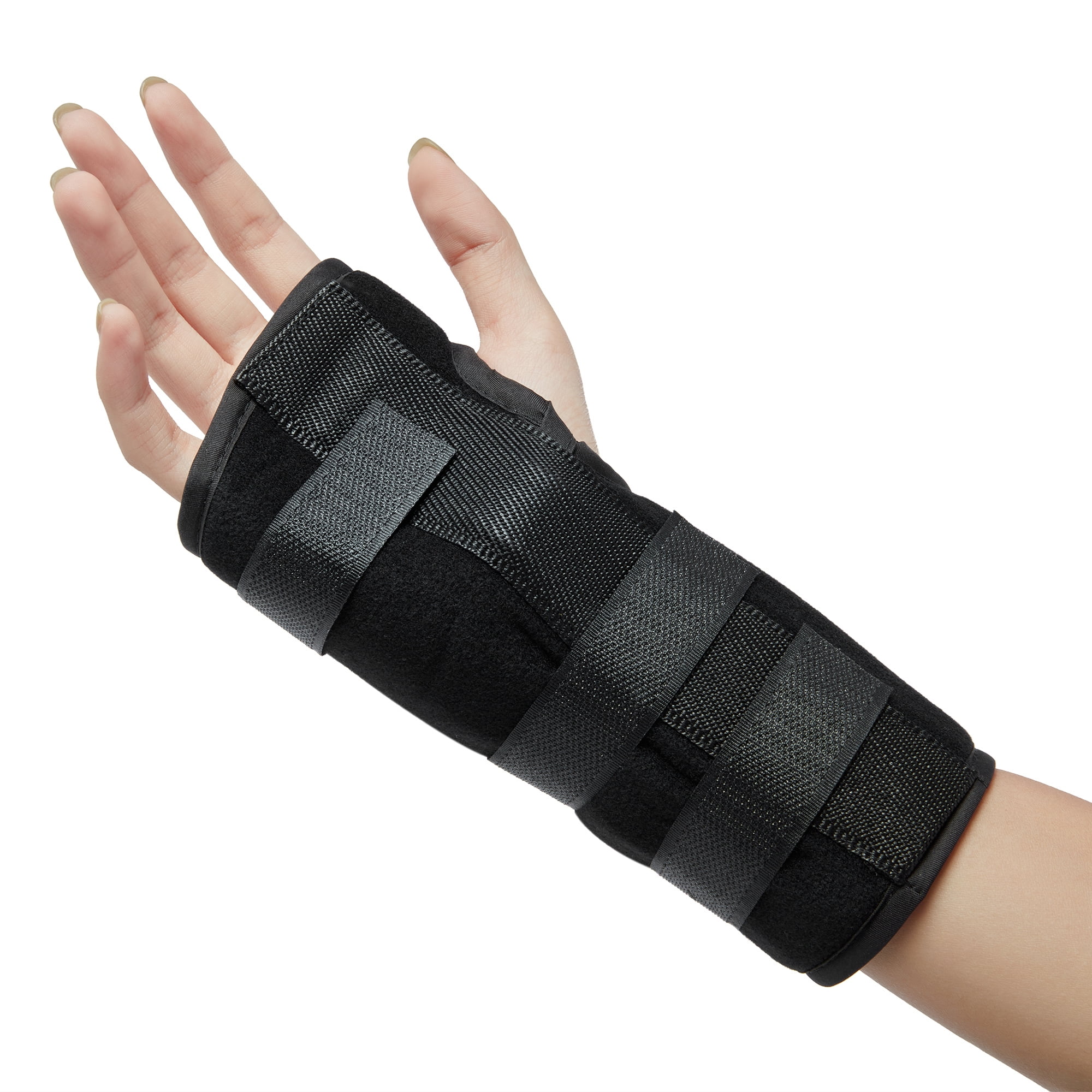


In severe cases, patients may have weakened grip strength or decreased finger dexterity. But when numbness or weakness occurs frequently or constantly, that's a potential sign of nerve damage. When the median nerve is compressed during pregnancy, symptoms present as they would in any patient:Īt the onset of CTS, symptoms may come and go. I've invited my colleague, Rupali Kumar, M.D., from UT Southwestern's Physical Medicine and Rehabilitation (PM&R) team to discuss CTS symptoms and treatment options. The good news is that pregnancy-safe treatment is available, and symptoms typically subside for many patients after the baby arrives. Pregnancy may be the first time CTS symptoms arise or the last straw that causes a woman to see her doctor for ongoing symptoms. Nerve compression can cause pain, tingling, and numbness in the wrist and hand, which may increase when you're trying to sleep. It's also responsible for helping to move the muscles in the hand that bend your fingers. The median nerve gives sensation to the palm-side surface of thumb, index, and middle fingers, and half the ring finger. In tight spaces such as the carpal tunnel area of the wrist – through which nine tendons and one nerve pass – the swelling can compress the median nerve, which runs to the hand. That extra fluid increases pressure and swelling in the blood vessels throughout your body. Many patients notice symptoms after 30 weeks' gestation.ĭuring pregnancy, your blood volume doubles. But for some women, swelling manifests inside the wrist, resulting in carpal tunnel syndrome (CTS).Īpproximately 4% of adults in the general population have carpal tunnel syndrome, but 31% to 62% of pregnant patients have it. Patients often notice extra puffiness in their face, legs, and feet. Swelling – everywhere – is one of the most common symptoms of pregnancy.


 0 kommentar(er)
0 kommentar(er)
